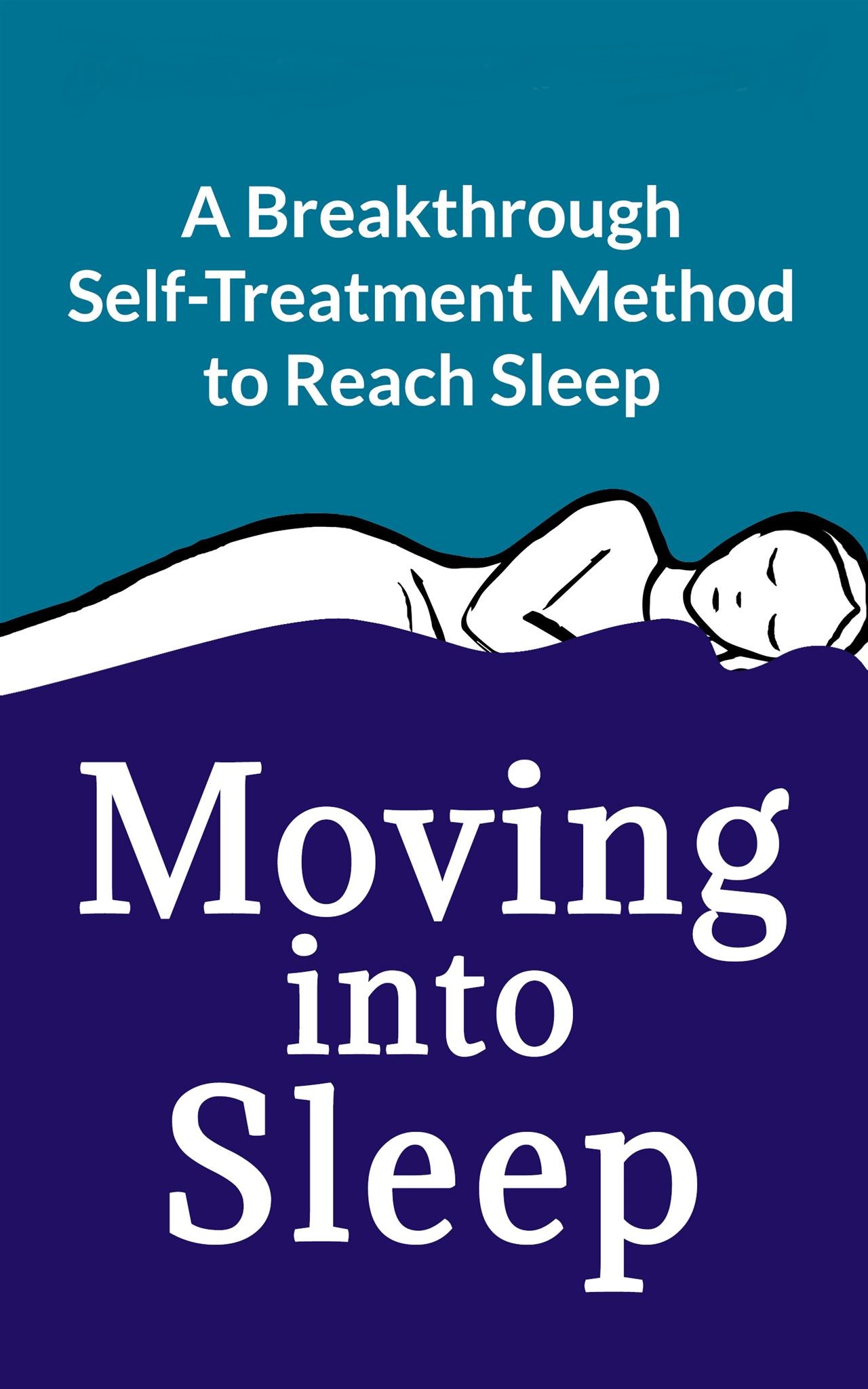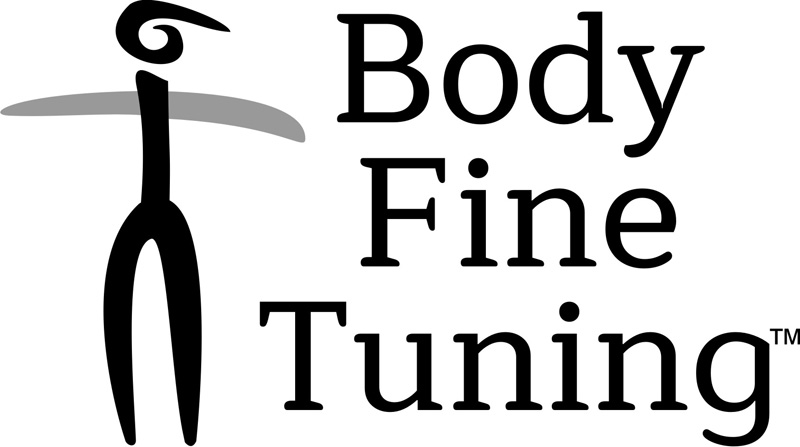How to Measure and Improve Sleep Quality
"Improvement starts with the first step."
Sleep efficiency (SE) is a measure of how effectively you sleep, calculated as the ratio of the time you actually spend sleeping to the total time you spend in bed. The value is often expressed as a percentage, with higher sleep efficiency indicating a better quality of sleep.
How to Measure Sleep Efficiency
To calculate your sleep efficiency value, use this formula:

For example, if you spend 8 hours in bed but only sleep for 6.5 of those hours, your sleep efficiency would be:

How to Interpret Sleep Efficiency
• 85% or higher: Generally considered good sleep efficiency, meaning you are getting quality rest with minimal time awake in bed.
• 75-84%: Considered fair but may indicate occasional sleep disruptions.
• Below 75%: This is usually considered poor sleep efficiency, suggesting that you may need much time to fall asleep and often wake up during the night finding it difficult to get back to sleep smoothly.
What Affects Sleep Efficiency
1. Sleep Onset Latency (how long it takes to fall asleep) – longer sleep onset latency lowers sleep efficiency.
2. Nighttime Awakenings – frequent wake-ups reduce total sleep time, thereby reducing sleep efficiency.
3. Total Time in Bed – spending more time in bed without sleeping can also lower sleep efficiency.
Improving Sleep Efficiency
Improving sleep efficiency starts with learning which daily practices promote more restful, undisturbed sleep. Key areas to focus on include physical activity, diet, and evening routines. Even slight changes can increase the percentage of time you spend sleeping while in bed, ultimately benefiting your overall health and well-being.
Physical Activity: Benefits of Exercise for Sleep
Engaging in regular physical activity is one of the most effective ways to improve sleep efficiency. Optimal exercise benefits both the body and brain in many positive ways, stimulating the fundamental processes that promote physical health, mental clarity, and emotional well-being — making it easier to fall asleep and stay asleep. Here are a few simple tips on what to do when and how.
Walking
Daily walking, even for just 30 minutes, can significantly reduce stress and tension in the body, both of which are common contributors to poor sleep quality. The rhythmic nature of walking helps to clear the mind, allowing for a mental reset and promoting relaxation. Furthermore, walking outdoors exposes you to natural sunlight, which helps regulate melatonin, the hormone responsible for sleep. This exposure to sunlight not only boosts mood and energy levels but also reinforces your body’s natural circadian rhythm, making it easier to fall asleep at night and wake up refreshed in the morning.
Exercise Breaks
Incorporating a 3-minute exercise break every hour can significantly improve sleep latency, or the time it takes to fall asleep. These brief moments of physical activity help combat the negative effects of prolonged sitting. Simply do exercises like some stretching, Tai Chi style balancing, or walk the stairs to boost circulation and to release endorphins that make you feel better. This increased physical activity throughout the day not only enhances mood and energy but also helps your body’s sleep drive to function well, making it easier to fall asleep more smoothly when bedtime arrives.
Resistance Training
Doing enough resistance training tailored to your needs has been shown to improve the quality of deep sleep, the stage of sleep that facilitates repair and maintenance of the body. Research studies suggest that dedicating 20 minutes twice a week to resistance training, or 10 to 15 minutes three times a week, is sufficient to achieve benefits such as optimal blood pressure, balanced blood sugar levels, and improved hormonal function. These benefits not only enhance overall health but also contribute to better sleep quality, especially reducing the likelihood of nighttime awakenings.
Avoid Intensive Late-evening Workouts. Especially high-intensity exercise may interfere with sleep for some people, as challenging exercise can increase stress hormones like cortisol, which can interfere with sleep quality.
Diet: Benefits of an Anti-Inflammatory Diet for Sleep
The foods you eat certainly impact your sleep quality, and research has shown that anti-inflammatory diets are not only beneficial for promoting overall health but also for improving sleep quality. Here are a few ideas what to do.
Avoid Ultra-Processed Foods: Highly processed foods, like sugary snacks, fast food, and prepackaged meals mainly contain artificial additives, high sodium, and refined sugars, which can disrupt sleep patterns and lower sleep efficiency. Processed foods can also lead to blood sugar spikes and crashes that keep challenging the body even during sleep, contributing to nighttime awakenings and poor sleep quality.
Increase Intake of Nutrient-Dense Foods: Foods rich in basic nutrients, vitamins, minerals, and antioxidants, such as fresh fruits and vegetables feed the body's digestive processes in a way that fosters better rest as well. Many plant foods contain natural compounds like tryptophan (found in oats, bananas, and chickpeas), magnesium (found in spinach, pumpkin seeds, and almonds), and melatonin (found in cherries and tomatoes), all of which contribute to better sleep. Additionally, plant-based sources of fats, such as olive oil, avocados, and nuts, provide anti-inflammatory omega-3 fatty acids, which have been shown to help regulate serotonin, a neurotransmitter that helps improve sleep as well.
Evening Routine: Best Bedtime Habits for Sleep
Increase Intake of Nutrient-Dense Foods: Foods rich in basic nutrients, vitamins, minerals, and antioxidants, such as fresh fruits and vegetables feed the body's digestive processes in a way that fosters better rest as well. Many plant foods contain natural compounds like tryptophan (found in oats, bananas, and chickpeas), magnesium (found in spinach, pumpkin seeds, and almonds), and melatonin (found in cherries and tomatoes), all of which contribute to better sleep. Additionally, plant-based sources of fats, such as olive oil, avocados, and nuts, provide anti-inflammatory omega-3 fatty acids, which have been shown to help regulate serotonin, a neurotransmitter that helps improve sleep as well.
Consistent Sleep Schedule
Go to bed and wake up at the same time every day, even on weekends. A regular sleep schedule helps reinforce your body’s circadian rhythms, making it easier to fall asleep and wake up naturally.
Relaxing Pre-Sleep Routine
Activities like reading, listening to calm music, mindfully preparing your bed, or practicing mindfulness creates a range of signals that take your body and mind toward sleep, making it easier to fall asleep quickly once in bed.
No to Stimulants and Screen Time
Caffeine, nicotine, bright light from screens can significantly challenge your ability to fall asleep and get deep quality rest. Limiting these, especially in the hours leading up to bedtime, can improve sleep efficiency.
Optimal Sleep Environment
Keep your bedroom cool, dark, and quiet, and invest in a comfortable mattress and pillows. These small changes can reduce nighttime awakenings, helping you stay asleep longer.
Benefits of Improved Sleep Efficiency
When sleep efficiency improves, so does mental clarity, memory, and decision-making. You have more energy during the day, making physical activities and daily tasks feel easier. At work, this translates to better ability to concentrate and to be productive. Quality sleep also helps regulate emotions and reduces stress hormones, making it easier to handle daily challenges calmly and constructively. At the same time, having a stronger immune defense system, you will have a lower risk of cardiovascular disease, obesity, diabetes, and other chronic health conditions.
You can Start Right Away
To enjoy from better sleep efficiency, you can start right away. Simply step-by-step, create a more sleep-supporting lifestyle. Everything starts with small changes, but even a small change can already yield significant benefits for daily life, through a more restful, rejuvenating sleep toward a greater well-being.

As a self-treatment, the Moving into Sleep Method is based on educational neuroscience that explains how subtle movements can calm your nervous system. By doing the movements you can learn to fall asleep any time you want within minutes and get quality sleep even when the conditions are challenging, like during traveling, or when your sleep schedule needs a change.
Thanks for reading, sleep well!
Oliver
“Good sleep is achievable, and it’s just a gentle movement away”
